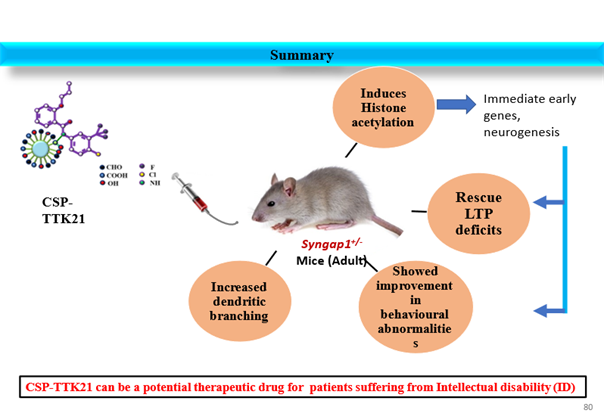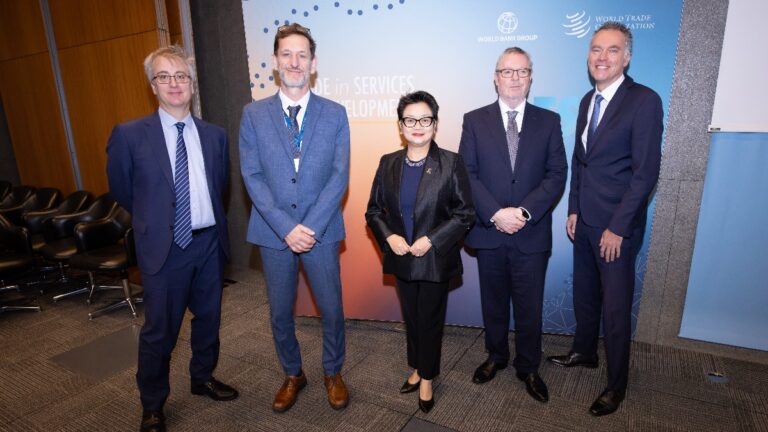
Bengaluru: Researchers have discovered a promising new therapy for patients with Autism Spectrum Disorder (ASD) and Intellectual Disability (ID) that could help them become more self-sufficient. The breakthrough, led by Tapas K. Kundu and James Clement from Jawaharlal Nehru Centre for Advanced Scientific Research (JNCASR), could significantly improve the quality of life for those affected by these neurodevelopmental disorders.
Current treatments for ASD and ID mainly focus on alleviating symptoms, rather than addressing the root causes of these conditions. However, the new research suggests a different approach by targeting the epigenetic mechanisms behind the disorder.
The study focuses on mice with a mutated syngap gene, which mirrors the condition seen in humans with autism. The researchers found that in these mice, a process known as histone acetylation—a key mechanism for regulating gene expression—is repressed in the brain. This repression was linked to the enzyme KAT3B, or p300, which was previously activated by the researchers’ discovery of a compound called TTK21.
By combining TTK21 with a glucose-derived nanosphere (CSP-TTK21) and administering it to the mutant mice, the team was able to restore acetylation in the brain. This process led to improved neuronal function, learning, memory, and neuronal rearrangement. The results, published in Aging Cell, show significant improvements in the mice, even when the therapy was administered after brain development (similar to adolescence in humans).
This study, for the first time, directly links histone acetylation with autism and offers an exciting new therapeutic approach for treating Syngap1-related ASD and ID. The findings suggest that epigenetic modifications could restore certain brain functions, helping individuals with ASD lead more independent lives.
– global bihari bureau





